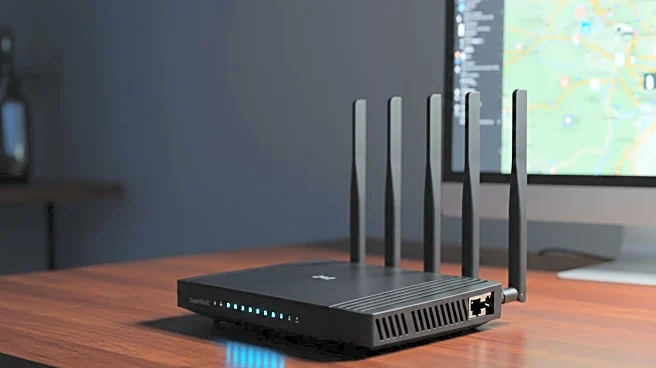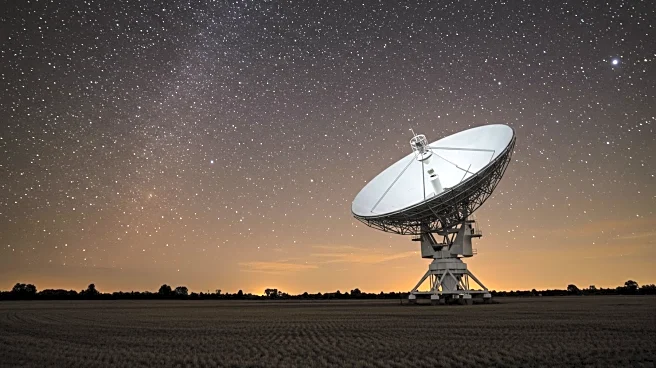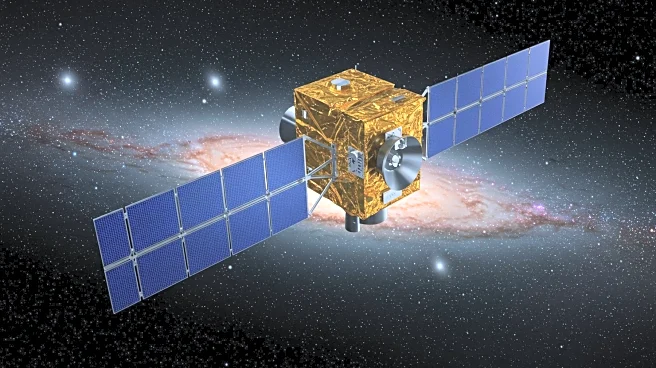Rapid Read • 9 min read
The Federal Communications Commission (FCC) is playing a significant role in expanding affordable internet access in Oregon through its Connect America Fund Phase II (CAF II) program. This initiative is designed to provide financial support to internet service providers, enabling them to offer more affordable plans in underserved areas. Viasat, a satellite internet provider, is participating in this program by offering a plan called 'Connection 25' at $61.99 per month for the first 24 months, which then increases to $86.99 per month. This plan provides download speeds of 25 Mbps and includes approximately 660 GB of high-speed data per month. The program aims to bridge the digital divide by making internet access more affordable and accessible, particularly in rural and remote areas where traditional broadband options may be limited.
AD
The FCC's CAF II program is crucial in addressing the digital divide in the United States, particularly in rural areas like those in Oregon. By subsidizing internet service providers, the program helps lower the cost of internet access, making it more affordable for low-income households. This is particularly important as internet access becomes increasingly essential for education, work, and accessing government services. The initiative not only supports economic development in these areas by improving connectivity but also ensures that residents have the necessary tools to participate in the digital economy. The program's success could serve as a model for similar initiatives in other states, potentially influencing national policy on broadband access.
As the FCC continues to implement the CAF II program, it is expected that more internet service providers will participate, further expanding affordable internet access across Oregon and potentially other states. The success of this program could lead to additional funding and support for similar initiatives, encouraging more providers to offer competitive pricing and improved services. Stakeholders, including local governments and community organizations, may also play a role in promoting these programs to ensure that eligible households are aware of and can take advantage of these opportunities. Monitoring the program's impact on internet accessibility and affordability will be crucial in assessing its long-term effectiveness.
The CAF II program highlights the broader issue of digital equity, emphasizing the need for comprehensive strategies to ensure all Americans have access to reliable and affordable internet. This initiative also raises questions about the role of government in regulating and supporting telecommunications infrastructure, particularly in underserved areas. As technology continues to evolve, the demand for higher speeds and more reliable connections will increase, potentially prompting further regulatory and policy changes. The program's focus on rural areas also underscores the importance of addressing geographic disparities in internet access, which can have significant implications for economic and social inclusion.
AD
More Stories You Might Enjoy










